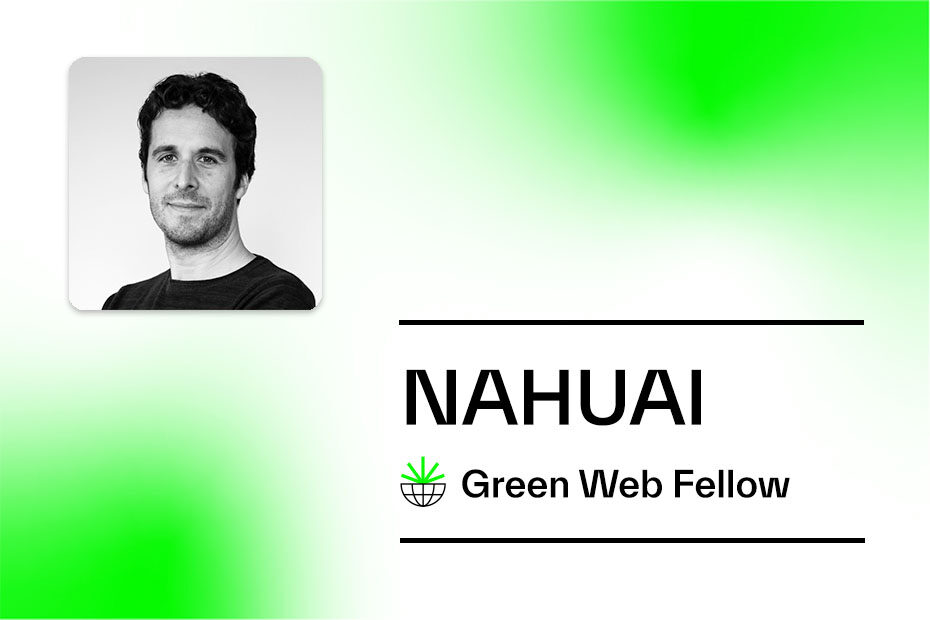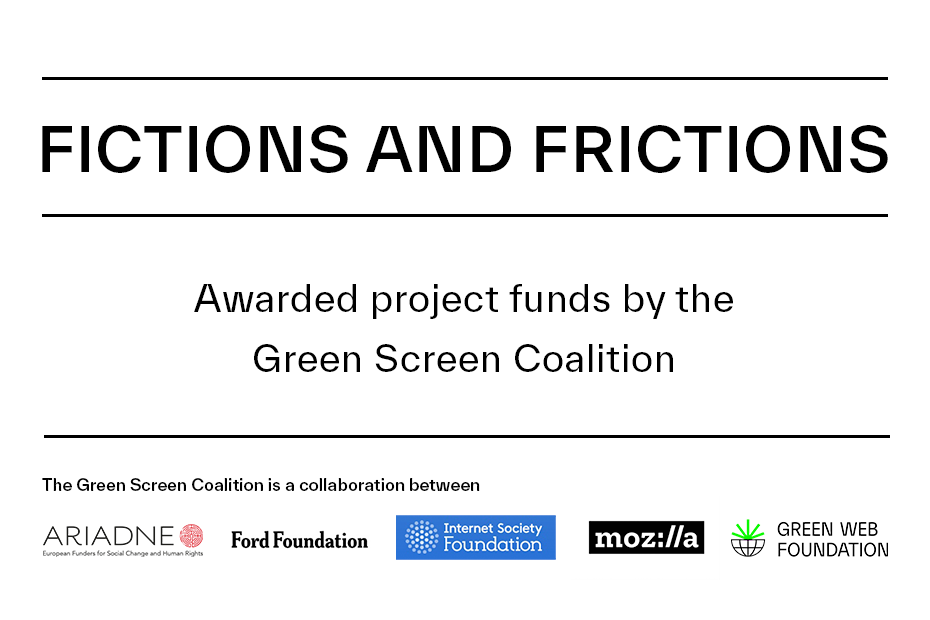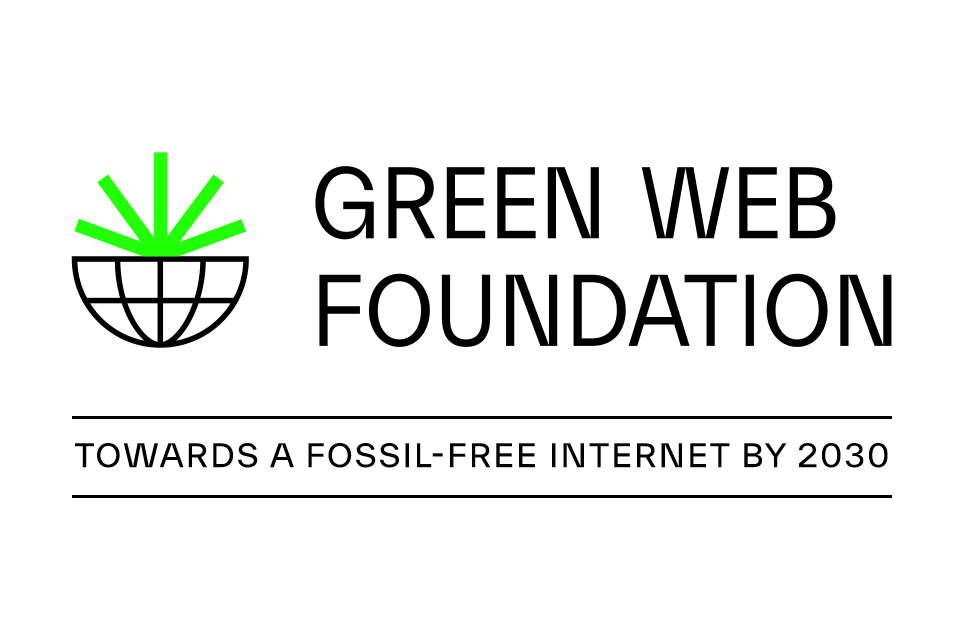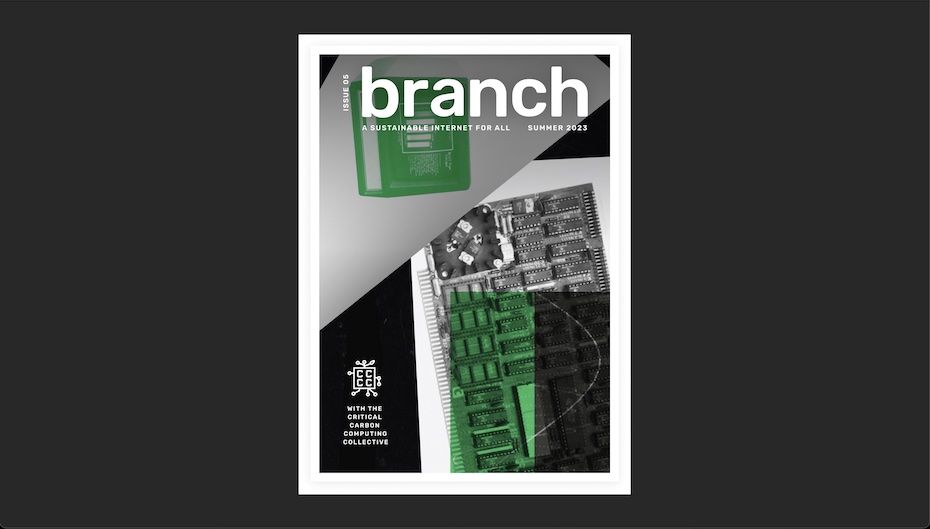A few weeks ago I was fortunate to participate as a facilitator in an interactive workshop at MozFest. It was a new and very enriching experience that allowed me to learn a few things.
But first, a bit of context. 😉
What is MozFest?
This is the colloquial name by which the Mozilla festival is known.
True to the principles behind Mozilla foundation, it is an open event about art, technology, open web, privacy, digital sustainability and many other related topics.
I had attended a couple of previous editions as an attendee and had very good memories of several sessions and workshops I had attended.
What was my (our) workshop about?
The workshop was titled “The Digital Doughnut: A holistic way of exploring tech’s impact on global sustainability“.
The proposal of the workshop was to use the “doughnut economy” model (based on Kate Raworth’s book) to address the problems and limitations of today’s digital world.
In fact, it was an adaptation of the workshop conducted by Hannah Smith and Alistair Alexander, which I attended as a participant.
Imagine if it had a positive impact on me, that a few months later I was facilitating a similar workshop at MozFest. 🙂
The key takeaways
These are the learnings I extracted after delivering the workshop.
1. The simpler the better
One of the challenges Alistair and I (the two facilitators) had was to turn the workshop I mentioned before, which was about 3 hours long, into a 90 minute workshop. In other words, we had to cut it down to half the time. :O
Luckily, we both agreed on this from the beginning. Instead of compressing the same content into less time, we simplified both the content and the structure of the workshop.
As you can imagine, this is easier said than done, so we spent most of our time on this goal.
Without going into too much detail, we cut out the theoretical part of the introduction, simplified the “doughnut” and the solution discussion format.
We also delimited the time for each part and mentioned it at the beginning of the workshop. This was the final structure:
- Introduction 20′
- Joint work (Miro) 50′
- Writing down the problems
- Frame possible solutions according to the doughnut economy
- Break into groups
- Write down the solutions
- Recap and conclusions 20′
2. Small groups invite participation
We did the first part of the workshop all together, but once we had identified the main problems of today’s digital world (in the eyes of the participants), we split into two smaller groups to discuss possible solutions.
I think this brainstorming format works much better in small groups as participants feel more comfortable to share their ideas.
In the case of our workshop, the two groups, of 5 people each, had participation from all attendees.
3. Limitations of the digital format
For the online workshop we used a Zoom room (provided by MozFest), a slide presentation for the introduction and a Miro whiteboard where attendees interacted.
Miro is a very versatile online tool as it allows you to have an infinite whiteboard where you can add anything (from text, tables or arrows, to more elaborate graphics). It is one of the best options for several participants to interact at the same time.
That said, getting the hang of it can take time. And, in addition, the performance of the tool depends on many factors (browser, computer, connection…) of the participant.
In our case, one person had problems viewing it and we solved it by sharing the screen in Zoom so that he could see what was happening in Miro.
The advantage of the digital format is that it greatly reduces the barrier to participation, especially economically and geographically. But we should not forget that the technical side can also have its limitations.
That’s why it’s worth simplifying as much as possible and having a plan B in case any participant runs into problems.
4. Embrace uncertainty
This point is closely related to the previous learning.
In an interactive workshop like this one, not only can you not foresee all the technical problems that will occur, but you also can’t know how many people will come and what their profile will be.
The only previous data we had before giving our workshop is that 85 people had added it to their event calendar (i.e. they had interest or intention to come). The MozFest organizers told us that about 25% of the people ended up attending the workshop.
That would have meant about 20 people, but in the end 10 came.
After the workshop was over, both Alastair and I celebrated that the number of attendees had not been much higher, because it would have been difficult for us to manage so much information in such a short time (our 10 attendees were VERY active).
In any case, I am convinced that if more people had come we would have survived and would have been equally happy. Above all, because it is a joy to see that there are more people interested in digital sustainability and willing to contribute to change.
In short, in this kind of interactive workshops there will always be a lot of uncertainty, so, instead of “fighting” with it, I invite you to embrace it. 😉
Conclusion
The next time I teach a similar workshop, I will start preparing it with these 4 points in the first roadmap:
- Simplify
- Make small groups
- Think of a plan B on a technical level
- Whatever happens, enjoy it
Catch you in the next one.



